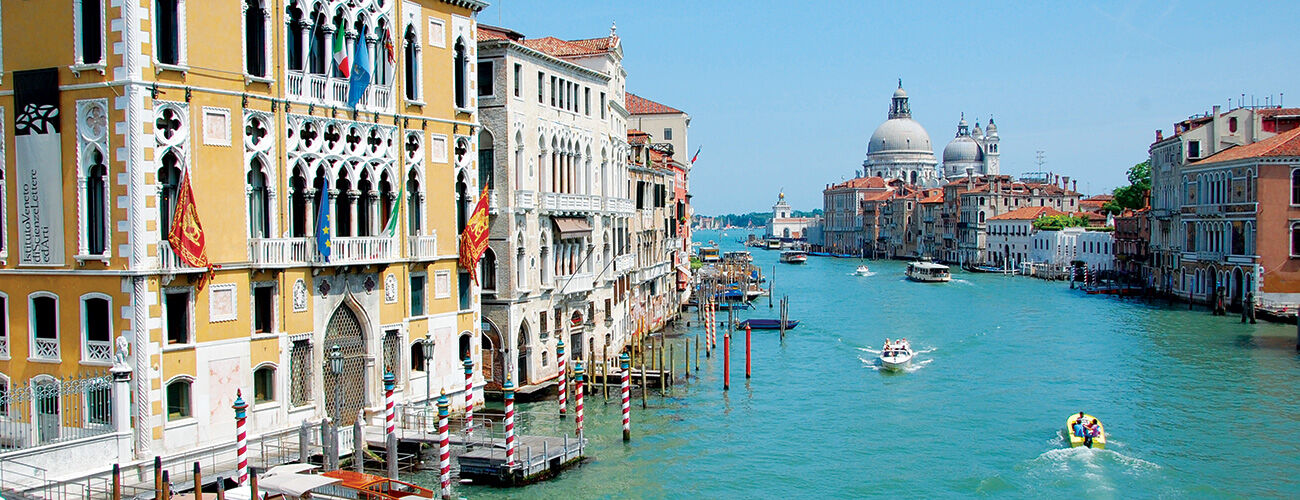While prosecuting a street mishap guarantee, travel uneasiness and related pressure is one of the commonplace sub headings of harms. Contingent upon whether actual wounds exist, the seriousness and level of disturbance socially and occupationally of any movement nervousness are pivotal to precise and feasible quantum evaluation. Paul Elson and Karen Addy both have significant involvement with separating clinical and sub-clinical kinds of cdieurope eu
Travel apprehension following a street mishap is very nearly a general mental result among those individuals sufficiently sad to experience such an occasion. The degree of anxiety showed by people shifts extensively. For certain individuals it is exceptionally gentle and before long vanishes as they return to driving. This can basically be viewed as a typical reaction that doesn’t need treatment. For others anyway the degree of apprehension endured is more dangerous. This gathering fall inside three classifications, in particular those for whom the issue is considered ‘gentle’, ‘moderate’ or ‘serious’.
Gentle travel anxiety depicts those individuals who, while showing an unmistakable level of movement nervousness, are by the by ready to go in a vehicle without an excess of trouble and as such there is no evasion conduct. Those individuals with a moderate level of movement apprehension show expanded anxiety and have subsequently diminished their degree of movement, commonly restricting their movement to fundamental excursions as it were. At last, those individuals whose issue is viewed as serious showcase both stamped tension with respect to the possibility of going in a vehicle and moreover have especially decreased such travel or even stay away from movement out and out. The degree of movement tension languished by those individuals over whom it is considered gentle is probably not going to meet the models for a mental problem, ie it isn’t clinically critical. The degree of movement tension languished by those individuals over whom it is viewed as moderate could conceivably meet the rules relying upon the degree of nervousness endured and the level of aversion included. For the individuals who are experiencing extreme travel nervousness almost certainly, they will be experiencing a diagnosable mental problem, most ordinarily a particular fear.
There are different ways to deal with handling these issues. Initial, an individual might profit from learning systems to unwind, like profound breathing or moderate muscle unwinding. This might be accessible on the NHS (typically by means of the individual’s GP), secretly, or could be gotten to through basically purchasing an unwinding tape that will talk the individual through the abilities required. This approach would be of specific advantage for those individuals viewed as experiencing gentle travel tension and could be adequate to assist the person with defeating their apprehension. Social methodologies, for example, empowering an expansion in movement practice, are vital for recuperation as evasion of movement keeps up with the apprehension and diminishes trust in voyaging. In this way uplifting an individual to build the time or distance engaged with their voyaging would assist them with recovering their certainty. Boost driving examples can likewise have an impact in expanding certainty and decreasing evasion; this approach is probably going to be valuable to each of the three degrees of movement apprehension.
For individuals with more extreme travel tension and those that meet the rules for a particular fear, more formal mental treatment is frequently required. The most well-known and proof based treatment utilized in such cases is mental conduct treatment. This is a deeply grounded mental treatment that looks to help individuals to beat their apprehension by handling both the singular’s manners of thinking (the mental part) and by dealing with how much they really travel or, more than likely abstain from doing as such (the conduct part). It is essentially arranged, including the instructing of abilities and schoolwork type tasks. Its viability is grounded in logical exploration. This approach would be shown in those people whose issue is moderate or extreme and for the most part comprises of a course of 8-10 meetings. In a perfect world, the individual getting the treatment ought to have a level of mental mindedness, ie they have the capacity to ponder their contemplations, sentiments and conduct.
One more type of mental treatment used to treat travel apprehension is that of Eye Development Desensitization Going back over (EMDR). This approach includes empowering the client to bring into mindfulness troubling material (contemplations, sentiments, and so forth) from the over a wide span of time and which is then trailed by sets of reciprocal excitement, most generally side-to-side eye developments. When the eye developments stop the individual is approached to let material come to mindfulness without endeavoring to ‘get anything going’. After EMDR handling, clients for the most part report that the close to home trouble corresponding to the memory has been killed, or enormously diminished. EMDR is fundamentally used to treat post horrendous pressure problem (PTSD), for which there is some logical proof exhibiting its advantages, and in spite of the fact that it might likewise be utilized to treat travel fear, the exploration proof supporting this is more recounted.
The above approaches are not fundamentally unrelated and all things considered, by and by a blend of treatment approaches is required. For instance, an individual going through mental conduct treatment is likewise prone to profit from being shown unwinding procedures and to expand their movement practice, parts which ordinarily structure part of this helpful methodology. They may likewise be getting EMDR treatment.








